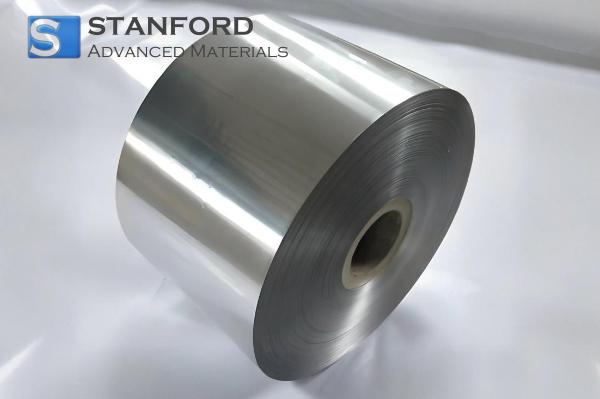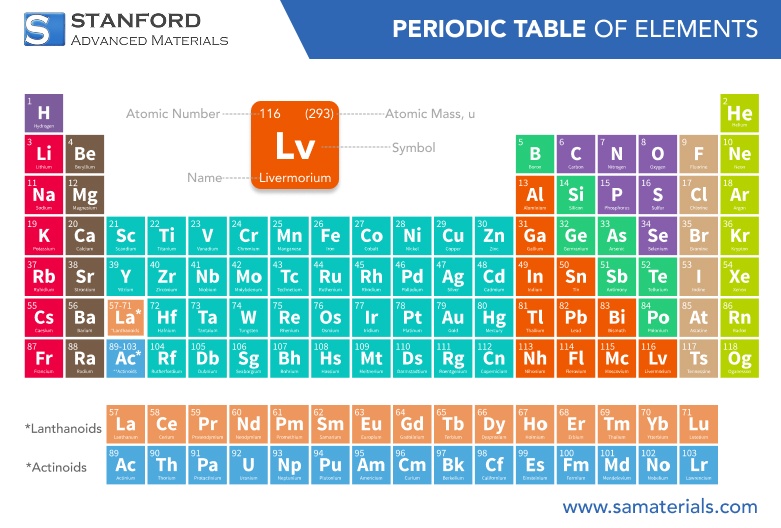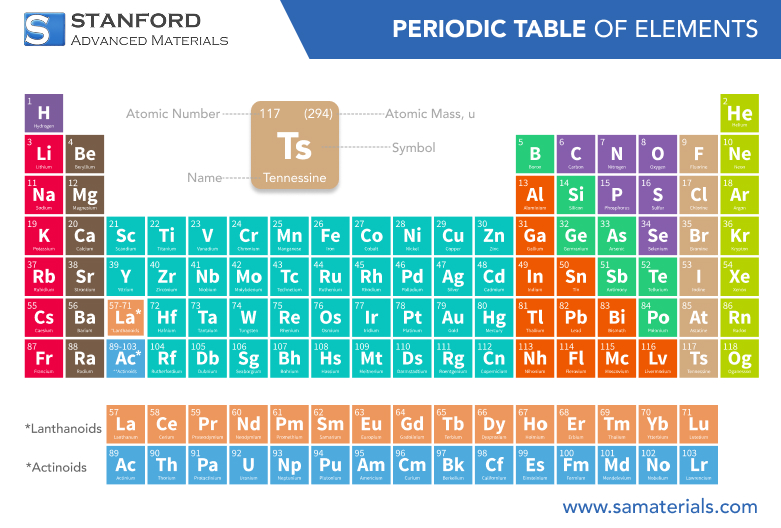Californium: Element Properties And Uses
Description
Californium is a synthetic radioactive element that exhibits well‐documented chemical behaviour and measurable physical properties that are significant for nuclear science.
Introduction to the Element
Californium is a man‐made element that occupies an important position in modern nuclear science. It was discovered in the 1950s during nuclear experiments. This transuranic element, designated Cf with atomic number 98, is produced in particle accelerators and nuclear reactors.
It does not occur naturally. Instead, it is generated by exposing heavier elements such as Curium to neutron irradiation. The synthesis of californium marked an important milestone for understanding the actinide series and the behaviour of extremely heavy radioactive substances.
Description of Chemical Properties
Californium typically occurs in the oxidation state +3, although under controlled conditions higher oxidation states have been observed.
Its reactivity is influenced by its radioactivity; it emits neutrons and undergoes alpha decay, which researchers use to study its interactions with other elements. When californium reacts with oxygen, it produces stable oxides, and its behaviour in aqueous solutions assists researchers in establishing safe handling protocols.
Table of Physical Properties Data
The table below lists the principal physical properties of californium for reference:
|
Property |
Value |
Unit |
|
Atomic Number |
98 |
- |
|
Atomic Weight |
~251 |
g/mol |
|
Density |
15.1 |
g/cm³ |
|
Melting Point |
900 |
°C |
|
Boiling Point |
1470 |
°C |
|
Half-life (Cf-252) |
2.645 |
years |
Further information is available at Stanford Advanced Materials (SAM).
Common Applications
Although californium is produced in very small quantities and at high cost, it has several practical applications. One key application is its use as a neutron source. Californium-252 is an isotope that provides a steady stream of neutrons, which researchers require for initiating nuclear reactors and conducting various scientific experiments.
It is also suited for neutron radiography, a technique that examines the internal structures of objects without causing damage. Californium contributes to oil exploration, where its properties help determine the composition and structure of geological formations. In research laboratories, its defined characteristics facilitate advanced studies in nuclear physics and radiochemistry.
Preparation Methods
The production of californium involves complex nuclear techniques that require precision and strict safety measures. Nuclear reactors irradiate targets composed of Curium or Plutonium with neutrons. The controlled reactor environment captures neutrons, thereby resulting in the formation of californium isotopes.
After formation, researchers separate the element from other by-products using detailed chemical procedures to isolate it in pure form. These processes require rigorous safety protocols given the high radioactivity of californium, and they are conducted in highly specialised facilities. Refinements in these methods have improved yield and purity, thereby ensuring the element is produced reliably for both scientific and industrial applications.
Frequently Asked Questions
What is Californium?
Californium is a synthetic radioactive element with atomic number 98. It is commonly used as a neutron source in nuclear science and related applications.
How is Californium produced?
It is produced in nuclear reactors by irradiating targets made of Curium or Plutonium with neutrons, followed by chemical separation to obtain the pure element.
What applications does Californium have?
Californium is used as a neutron source in nuclear reactors, for neutron radiography, to assist in oil exploration by assessing geological formation composition, and to support advanced research in nuclear physics and radiochemistry.
What safety measures are required when handling Californium?
Handling californium requires strict radiation shielding, remote handling procedures, and specialised facilities to manage its high radioactivity.
Does Californium occur naturally in the environment?
No, californium is solely a man‐made element synthesised under controlled laboratory conditions in nuclear reactors.

 Bars
Bars
 Beads & Spheres
Beads & Spheres
 Bolts & Nuts
Bolts & Nuts
 Crucibles
Crucibles
 Discs
Discs
 Fibers & Fabrics
Fibers & Fabrics
 Films
Films
 Flake
Flake
 Foams
Foams
 Foil
Foil
 Granules
Granules
 Honeycombs
Honeycombs
 Ink
Ink
 Laminate
Laminate
 Lumps
Lumps
 Meshes
Meshes
 Metallised Film
Metallised Film
 Plate
Plate
 Powders
Powders
 Rod
Rod
 Sheets
Sheets
 Single Crystals
Single Crystals
 Sputtering Target
Sputtering Target
 Tubes
Tubes
 Washer
Washer
 Wires
Wires
 Converters & Calculators
Converters & Calculators
 Write for Us
Write for Us




 Chin Trento
Chin Trento



